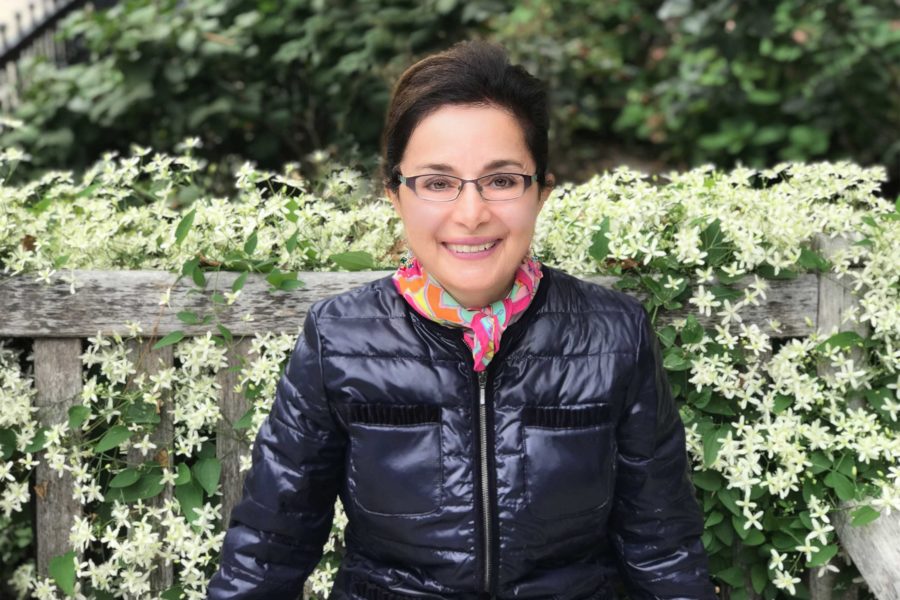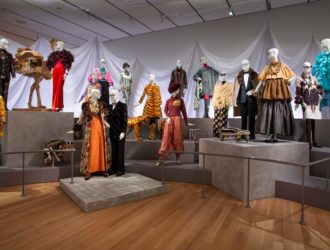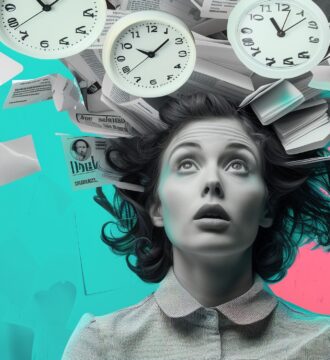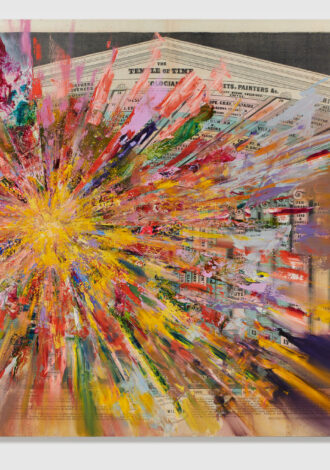Although Saba Alhadi loved her job as a travel agent, a corporate position she held for eight years, the advent of online booking sites upended the industry in the early 2000s.
For Alhadi, this was a blessing in disguise. She had always wanted to be an entrepreneur, and this moment offered her the opportunity and the motivation to create something completely of her own design — a photography tour company.
In 2002, the Natick, Mass., native launched PhotoWalks, her photography tour company that hosts history-infused walking tours for budding photographers. The client: Travelers, tourists and residents. The location: The historic and photogenic city of Boston. The goal: To capture unique angles of city sights and scenes through photography.
Today, with over 15 different walking tours offered, Alhadi guides visitors from all over the globe through Boston’s most beloved neighborhoods and to landmarks while demonstrating how to effectively take photographs rather than snapshots.
The self-taught photographer, history lover and avid traveler has found a way to effectively combine all three of her skills into a successful business model. In an interview with Exhale Lifestyle, she shares her thoughts on travel photography, what it’s like to be a solopreneur in an ever-evolving city, and her expert-level knowledge of Boston.

Exhale: Why did you want to include photography in your walking tours?
Saba Alhadi:I’ve been taking pictures ever since I was nine years old when my father gave me a simple Kodak Instamatic camera. I was fascinated that with a click of a button and a roll of film, I could capture moments in life that are fleeting. I really like preserving memories. I’m a sentimental person like that.
I’m also a keen observer. A lot of people on my tours over the years have said, ‘How did you even see that? I never would have seen that.’
All you have to do is look for the details. For example, the reflections on the door knockers in Beacon Hill, they always jump out at me. Photography makes me more aware and appreciative of my surroundings. That’s the message I want to give my clients, as well.

What steps did you take to get your photography tour company off the ground?
I had to do endless hours of research to educate myself on Boston and its history. Whatever book there was on Boston, I purchased it. I had never even stepped foot in Beacon Hill before and now after 17 years, people think I live there because I know so much about the history, the homes and the architecture.
When I launched, I knew I had to do my own marketing. I went to the media. I reached out to all the local papers. I was featured on Chronicle in 2003.
Beacon Hill and Boston Common were my first tours. Then, I added a Freedom Trail one, a North End one, and it kept growing and growing.

Throughout the 17 years you’ve been in business, how has your company evolved with changes in both technology and development in Boston?
When I first started, people would just bring their film cameras. I didn’t switch over to digital camera until 2003. I remember we would have to take a detour and find a camera shop when my clients would run out of film.
Now of course, we have the iPhone. Just this year, I created a smartphone photography tour.
A lot of daytime pictures are better on my iPhone XS than my digital camera, although they both have their pros and cons. Between clients with cameras and smartphones, it’s usually about an even split.
As for changes in the city of Boston, I created the Fan Pier and Seaport District tour officially this year. Back in the day, it was just a series of parking lots and warehouses. It’s hard for people from out of town to believe it was an empty, sketchy area, when it’s a huge social scene now.

Through your work, what is something you’ve discovered about Boston that most people wouldn’t know about?
The fascinating story of Ellen and William Craft, former slaves and residents of Beacon Hill. It is not very well-known at all, and it should be.
The Crafts came up with an ingenious plan to escape slavery in Georgia. Ellen was a light-skinned, bi-racial woman who disguised herself as a white man and slaveholder. Her husband, William, acted as her slave.
Eventually, the Crafts made their way up to Boston and settled in Beacon Hill on Joy Street for two years. Their story reached slave catchers, and they became targets for bounty hunters. Ellen and William sailed to England and worked in a school. After the Civil War, they came back to Boston and opened their own school for freed slaves.

What motivates you to run your company and give your tours, on your own, every day?
I can’t even tell you how many people fall in love with Boston when they come here.
About 10 years ago, a girl in her mid-20s from Arizona was on one of my tours. She called her mother from Boston and told her she was moving here. The following year, she brought her mother on another one of my tours, and they told me that’s exactly how it happened. She fell in love with Boston, she made up her mind to move, and that was it.
I tell my clients to seek new adventures and be curious about endless possibilities with photography. Curiosity is a never-ending treasure hunt and even more so when capturing things with your camera. Even if it’s a scene you’ve visited many times.
I’ve been doing my Beacon Hill tour for 17 years, and I can still find something to photograph in a new different way.



 5 min read
5 min read


